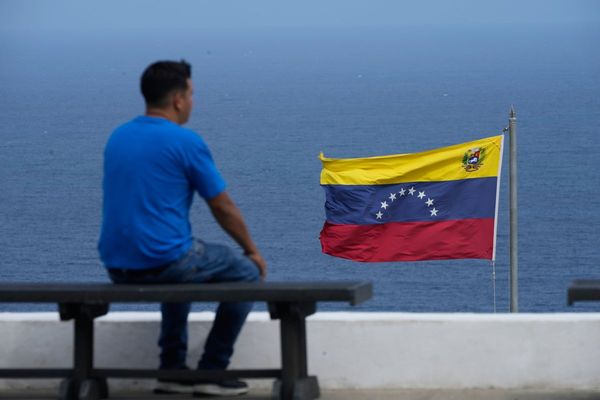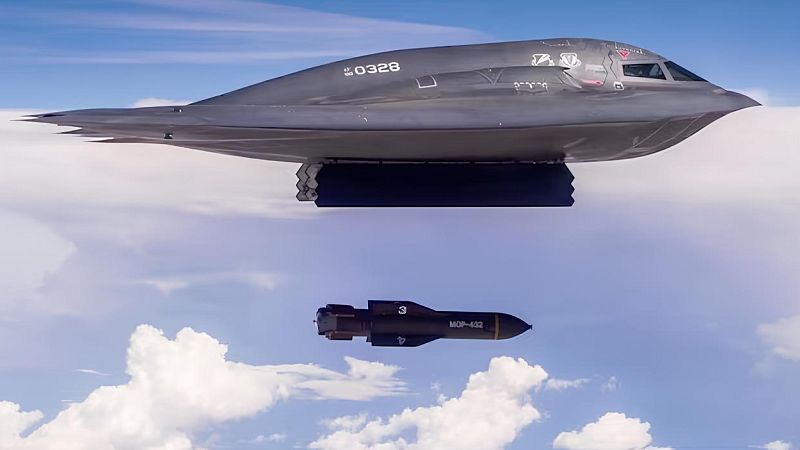
The United States has carried out a large-scale coordinated attack on Iran's main nuclear facilities overnight on Sunday, using its most advanced military arsenal.
The operation, which marks a significant escalation in tensions, has resulted in Iran's nuclear programme being hit "substantially" with full details to emerge.
The US attack was executed with military precision using B-2 Spirit strategic bombers and Tomahawk cruise missiles launched from naval platforms.
According to information provided by US outlet Fox News, following direct conversations with President Donald Trump, the operation employed between five and six bunker buster bombs dropped from B-2 bombers, exceeding initial estimates of only two bombs for the mission.
The facilities attacked included the nuclear facilities at Natanz and Isfahan, which were neutralised by 30 Tomahawk missiles launched from a distance of approximately 640 kilometres.
The main target was the Fordow plant, which is considered a cornerstone of Iran's nuclear programme and which, according to sources quoted by Fox News, "was completely destroyed". This information was backed up by Trump himself, who tweeted that "Fordow is gone".
US military deployment
In the weeks leading up to the attack, the US deployed a considerable military force to the Middle East. This deployment included the aircraft carrier USS Nimitz, Air Force F-16, F-22 and F-35 fighters, in addition to the B-2 bombers that took part in the operation.
Several B-2 bombers took off for the Pacific after completing the mission, having left Iranian airspace by the time of the official announcement.
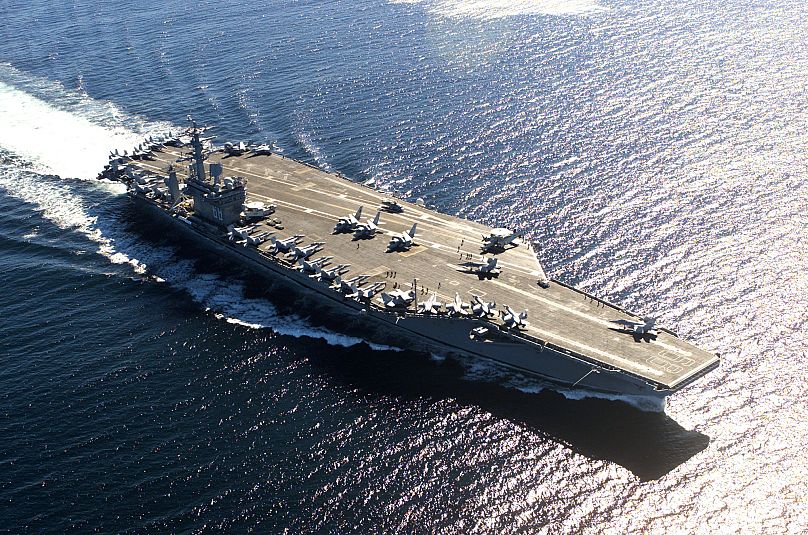
Trump has been clear about US targets in the region. In remarks reported by Fox News, he said: "We're not looking for a ceasefire. We're looking for total and complete victory. I repeat, you know what the victory is: no nuclear weapons".
This statement underscores the US' determination to completely eliminate Iran's nuclear capabilities, beyond seeking temporary agreements or ceasefires.
Military arsenal used: Technical analysis of missiles and bombs
GBU-57 Bunker Buster Bombs
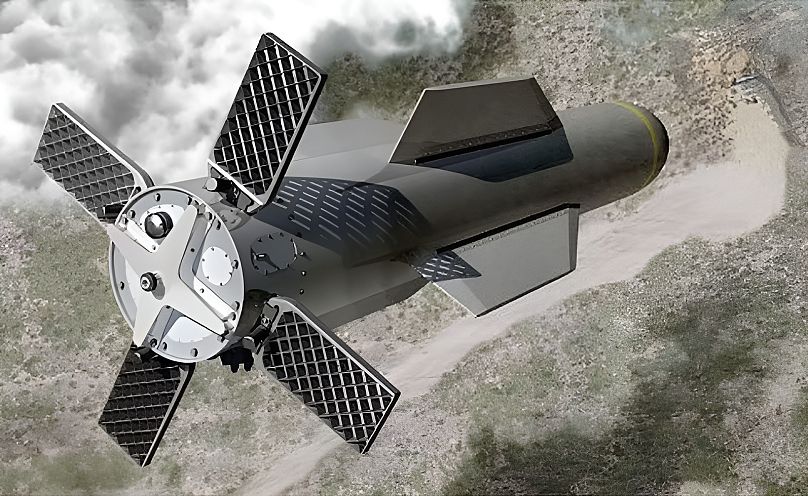
The bunker buster bombs used in the operation represent the latest technology in deep penetration weaponry. These weapons are specifically designed to neutralise fortified underground targets, such as Iranian nuclear facilities.
Technical characteristics:
- Weight: Between 14,000 and 30,000 pounds (6,350 to 13,600 kg) depending on the model.
- Penetration capability: Up to 200 metres in reinforced concrete.
- Warhead: High explosive with delayed detonation after penetration.
- Guidance: High-precision GPS system with in-flight correction capability.
Tomahawk missiles
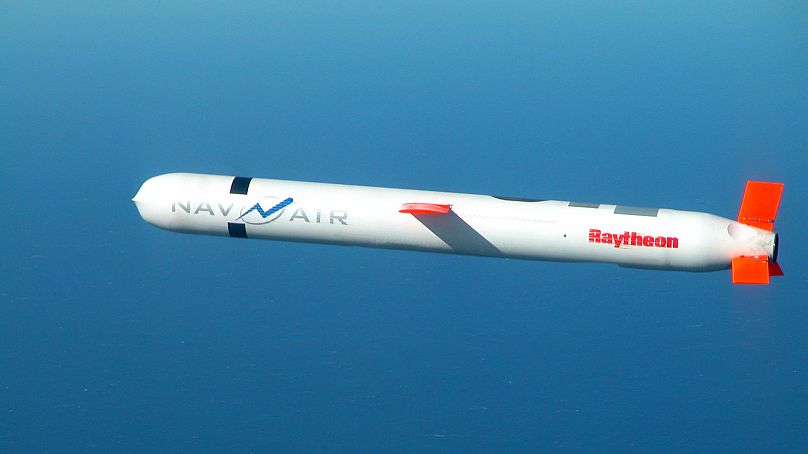
The 30 Tomahawk missiles used in the attack represent the gold standard in long-range cruise missiles for the US Navy.
Tomahawk specifications:
- Range: Up to 2,500 kilometres for the latest models.
- Speed: Approximately 880 km/h (subsonic).
- Warhead: 450 kilograms of conventional explosive.
- Guidance: Inertial navigation system combined with GPS and terrain mapping.
- Accuracy: Margin of error less than 10 metres.
- Launch platforms: Virginia and Los Angeles class attack submarines, Arleigh Burke class destroyers.
B-2 Spirit bombers
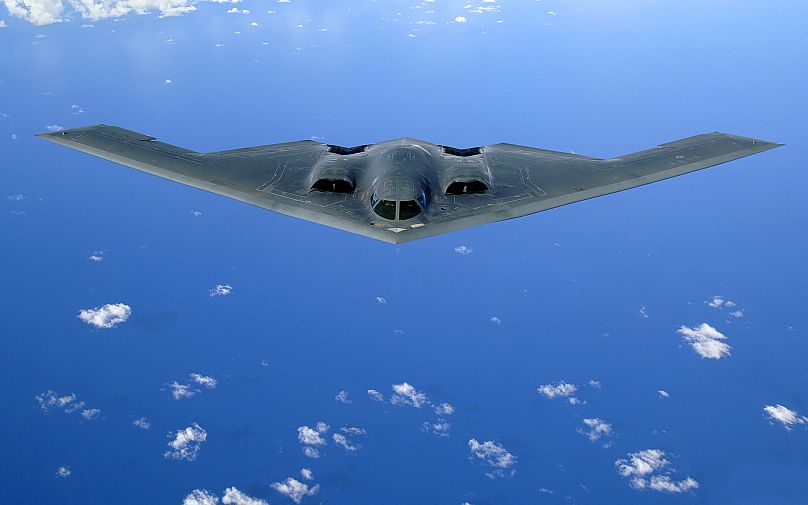
The use of five to six bunker buster bombs indicates the involvement of three B-2 Spirit bombers, each capable of carrying two high-penetration bombs.
B-2 capabilities:
- Stealth technology: Virtually undetectable by conventional radar.
- Range: 11,000 kilometres without refuelling.
- Payload: Up to 23,000 kilograms of weaponry.
- Crew: Two pilots with 44 hours of continuous flight capability.
Regional and global implications
This strike marks a turning point in US foreign policy towards Iran and sets a significant precedent in the fight against nuclear proliferation.
The destruction of key facilities such as Fordow represents a significant setback for Iran's nuclear programme, which has been the target of international sanctions and nuclear diplomacy for more than a decade.
The operation also demonstrates Washington's ability to execute long-range precision strikes against highly defended targets, using its most advanced military technology.
At this point Iran could either escalate its attacks into war or sign a peace and nuclear technology non-proliferation agreement as Trump initially sought.
